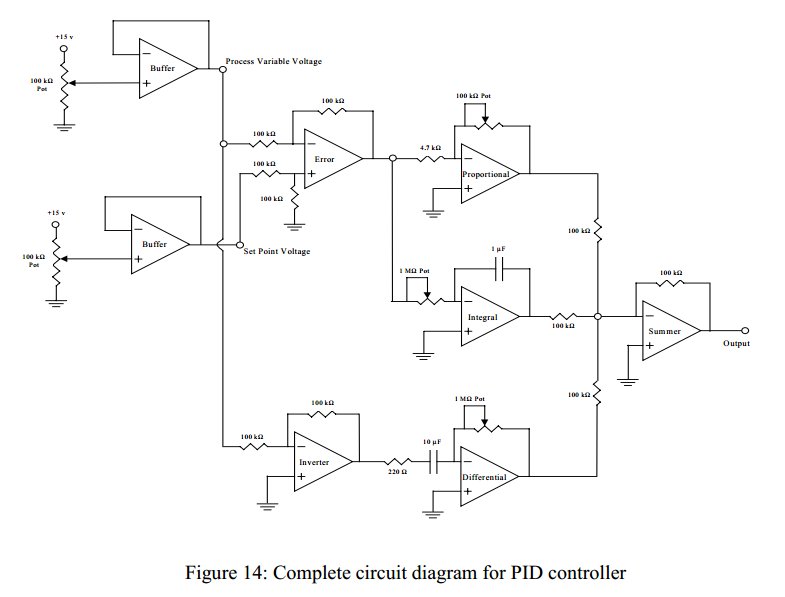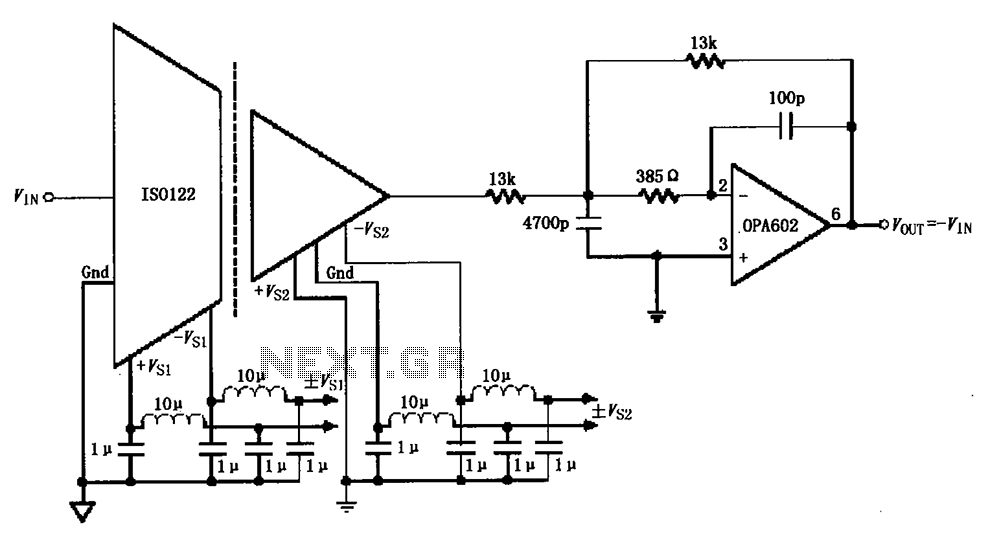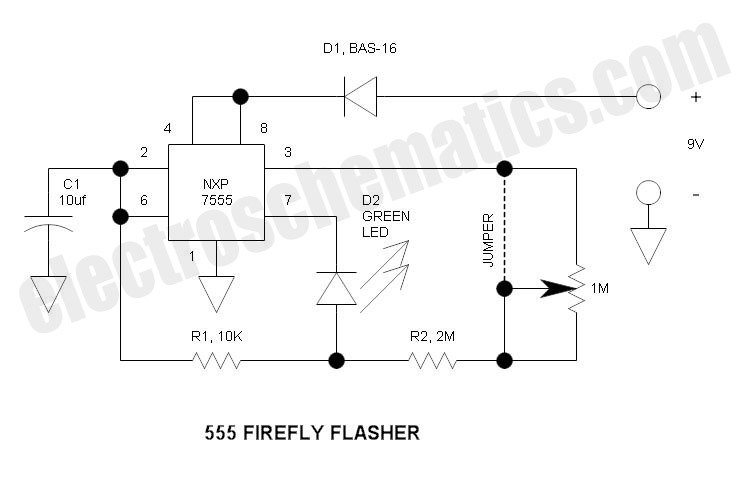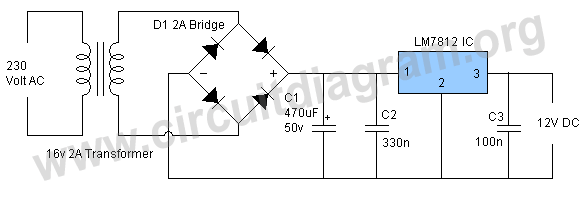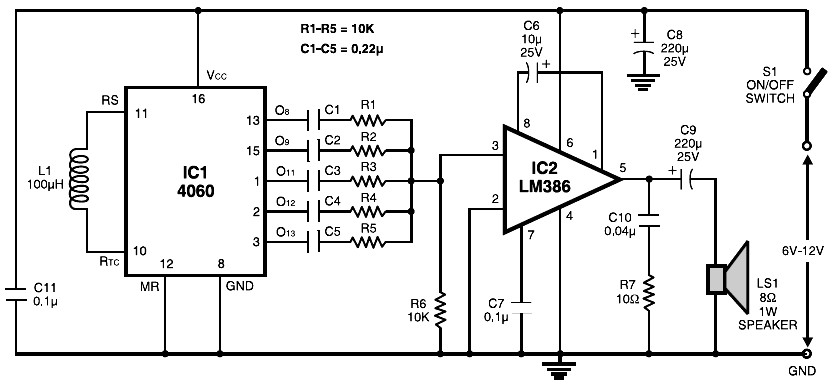
MOSFET IRF540A circuit
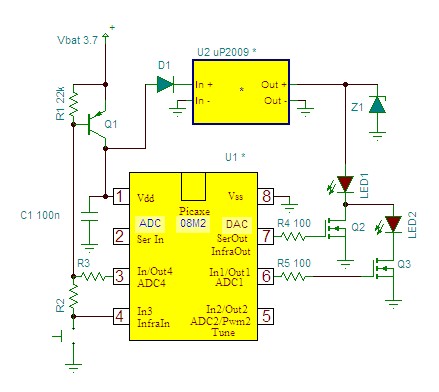
CocaCola clearly stated that his circuit did not work correctly; the series was only complete when both LEDs were enabled, not otherwise.
The circuit in question appears to involve a series configuration of light-emitting diodes (LEDs) that require both components to be illuminated for the circuit to be considered complete. This indicates a potential issue in the design or component selection, as typically, series circuits allow for the completion of the circuit with the illumination of a single LED, provided that the current flows through the entire path.
In a standard series LED circuit, when the circuit is powered, current flows through each LED in succession. If one LED fails (open circuit), the entire series circuit will not complete, resulting in both LEDs remaining off. It is essential to ensure that the forward voltage ratings of the LEDs are compatible with the power supply voltage to avoid issues with insufficient voltage across one or both LEDs.
To troubleshoot this circuit, the following steps should be taken:
1. **Check LED Orientation**: Verify that both LEDs are connected in the correct orientation (anode to cathode) to ensure proper current flow.
2. **Measure Voltage**: Use a multimeter to measure the voltage across each LED to confirm that they are receiving the appropriate forward voltage.
3. **Resistor Value**: Ensure that the current-limiting resistor in series with the LEDs is of the correct value to prevent excess current that could damage the LEDs.
4. **Component Integrity**: Test each LED individually to confirm they are functioning correctly. A faulty LED will prevent the circuit from completing, leading to the symptoms described.
5. **Power Supply**: Confirm that the power supply is functioning correctly and providing the required voltage and current for the circuit.
By addressing these aspects, the functionality of the circuit can be restored, allowing for proper operation of the LEDs as intended.Originally Posted by CocaCola His clearly stated his circuit didn`t work correctly, the series was only complete when both LEDs were enabled, not the.. 🔗 External reference
The circuit in question appears to involve a series configuration of light-emitting diodes (LEDs) that require both components to be illuminated for the circuit to be considered complete. This indicates a potential issue in the design or component selection, as typically, series circuits allow for the completion of the circuit with the illumination of a single LED, provided that the current flows through the entire path.
In a standard series LED circuit, when the circuit is powered, current flows through each LED in succession. If one LED fails (open circuit), the entire series circuit will not complete, resulting in both LEDs remaining off. It is essential to ensure that the forward voltage ratings of the LEDs are compatible with the power supply voltage to avoid issues with insufficient voltage across one or both LEDs.
To troubleshoot this circuit, the following steps should be taken:
1. **Check LED Orientation**: Verify that both LEDs are connected in the correct orientation (anode to cathode) to ensure proper current flow.
2. **Measure Voltage**: Use a multimeter to measure the voltage across each LED to confirm that they are receiving the appropriate forward voltage.
3. **Resistor Value**: Ensure that the current-limiting resistor in series with the LEDs is of the correct value to prevent excess current that could damage the LEDs.
4. **Component Integrity**: Test each LED individually to confirm they are functioning correctly. A faulty LED will prevent the circuit from completing, leading to the symptoms described.
5. **Power Supply**: Confirm that the power supply is functioning correctly and providing the required voltage and current for the circuit.
By addressing these aspects, the functionality of the circuit can be restored, allowing for proper operation of the LEDs as intended.Originally Posted by CocaCola His clearly stated his circuit didn`t work correctly, the series was only complete when both LEDs were enabled, not the.. 🔗 External reference
